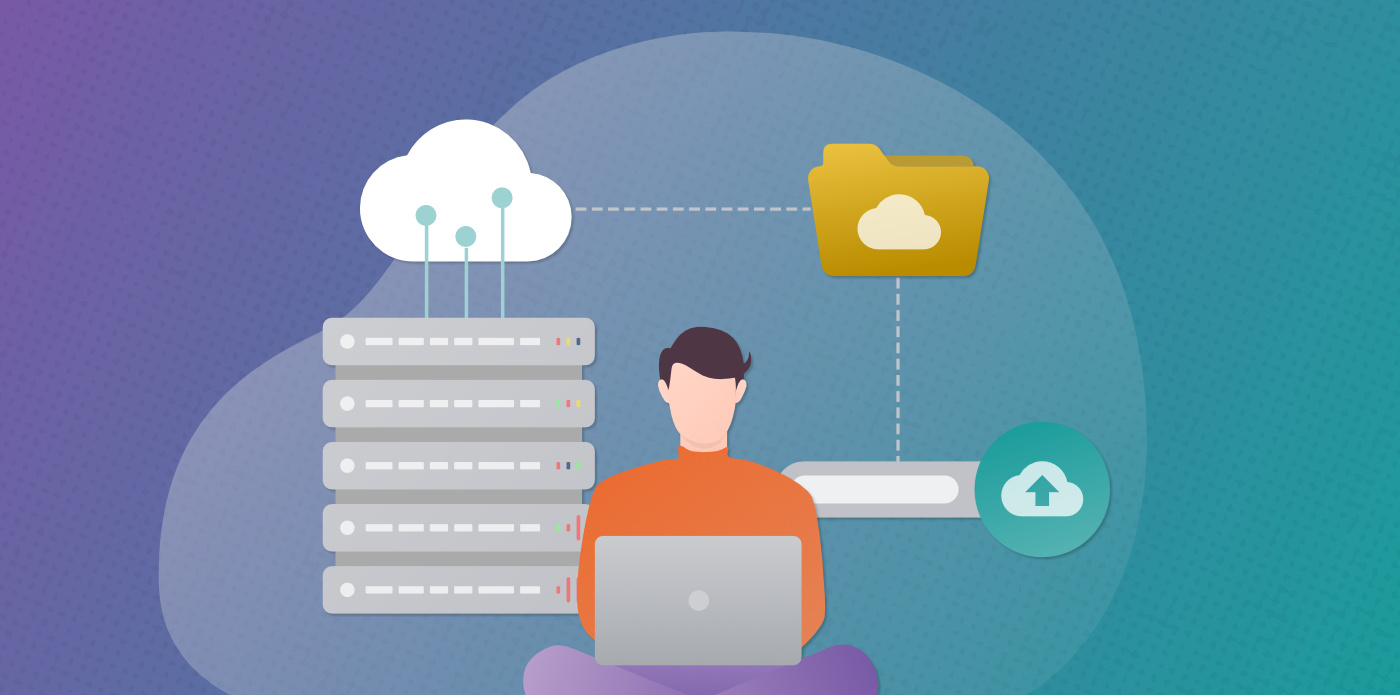We live in a time where there is no shortage of data. But is having too much of it something bad? Well, if you cannot analyze it properly, it really can be.
Modern trade, both online and offline, has become an increasingly complex industry. Making sure your supply chain is solid and that your customers around the world are not lacking any of their beloved products is a major challenge for companies of all sizes, but for the large ones in particular. To accomplish this, you need data. Sales data, stock data, customer data…
By definition, FMCG companies have access to and the ability to obtain vast amounts of data, and I do mean vast. Whether it’s data on how often stock moves into stores, how quickly it’s scanned through the tills, or how running a “3 for the price of 2” sales promotion would actually affect sales, revenue, and merchandise turnover. Thanks to a wide portfolio of products, but also to many technological advancements, FMCG companies, especially large ones, should know everything they could possibly know about their customers. Or so you’d think.
Not everything is as simple as it seems
From speaking to a wide variety of people within the FMCG sector, you learn that this is not the case for every type of data available out there. When it comes to prices and promotions, generally, they do know the impact because they have invested a huge amount of resources into discovering this. Whether that be through field research, or just trial and error (not something companies are big on), they have got their promotions down to a fine tee. It’s similar when you look at logistics. Thanks to technology, they know where the shipments are at any moment if there are any delays or anything else that would disrupt the flow of goods to the customers.
But what about other areas however, marketing for instance? This is an area where things often go from being an exact science, relying on formulas and looking at extensive research and trends, to taking educated guesses. Historically, TV was the area to advertise. If you wanted to sell a product to a certain demographic, you found out what TV station or show that demographic watched, and you advertised there, heavily.
For examples of this, look no further than the annual advertising showcase that is the Super Bowl. The largely male audience will have brands paying a reported $5.25 million for just 30 seconds of their attention. How do you think brands like Budweiser, Pepsi and Doritos calculate the ROI from that? Short answer, not that easily. In a time when every cent spent on advertising is looked upon with high scrutiny, this strategy is no longer valid. And this is just one of the reasons why TV marketing spend is decreasing. So where is the spend going? By and large, to digital advertising and marketing.

Power without control is nothing
Or, to put it in other, more relatable terms to digital marketing - data without analysis is nothing. At the very core of the digital ecosystem is data, and companies have an abundance of it, but rare are the ones that actually utilize it in a systematic and sustainable way. Over the last few years the spend on digital marketing has increased substantially, as companies know this is where the majority of audiences are spending a lot of their time. This move to digital opens up a whole host of opportunities for marketers as they can do a lot more with their advertising, such as personalization, better-targeted ads, and, arguably most importantly, to be on a safe path to discovering ROI. This poses a challenge, however.
If you market over multiple channels - Facebook, Google, Twitter, Instagram, and TikTok, just to name a few - then you might need entire teams of people that collate all of the data from these sources, standardize it, and then create reports based on it. What has happened, and is still happening, is that these data sources are being looked at in silos, isolated and separated from context because there is perceivably too much information to combine together to gain a holistic view of all of your marketing efforts.
So how is having too much data a bad thing, you ask? Well, by only looking at impressions, clicks, or conversion rates for individual sources, you will fail to see the forest between the trees. Maybe you do really well in the 25-35 female demographic on one platform, so you shift your ad spend to target and resonate with this group, only to realize that this platform has a disproportionate reach within that group, and, in reality, the 40+ female demographic is the demographic that spends the most money on your products.
This is just one example of why it is so vital for a company, especially in the highly competitive FMCG arena, to have a holistic view of all of marketing data, so that the analysis you can make with this data can actually help you to drive sales, increase the ROI from your marketing, and ultimately, become a much more successful business. Being able to understand what the data is telling you and connect the dots might be the key differentiating factor in the time to come.













